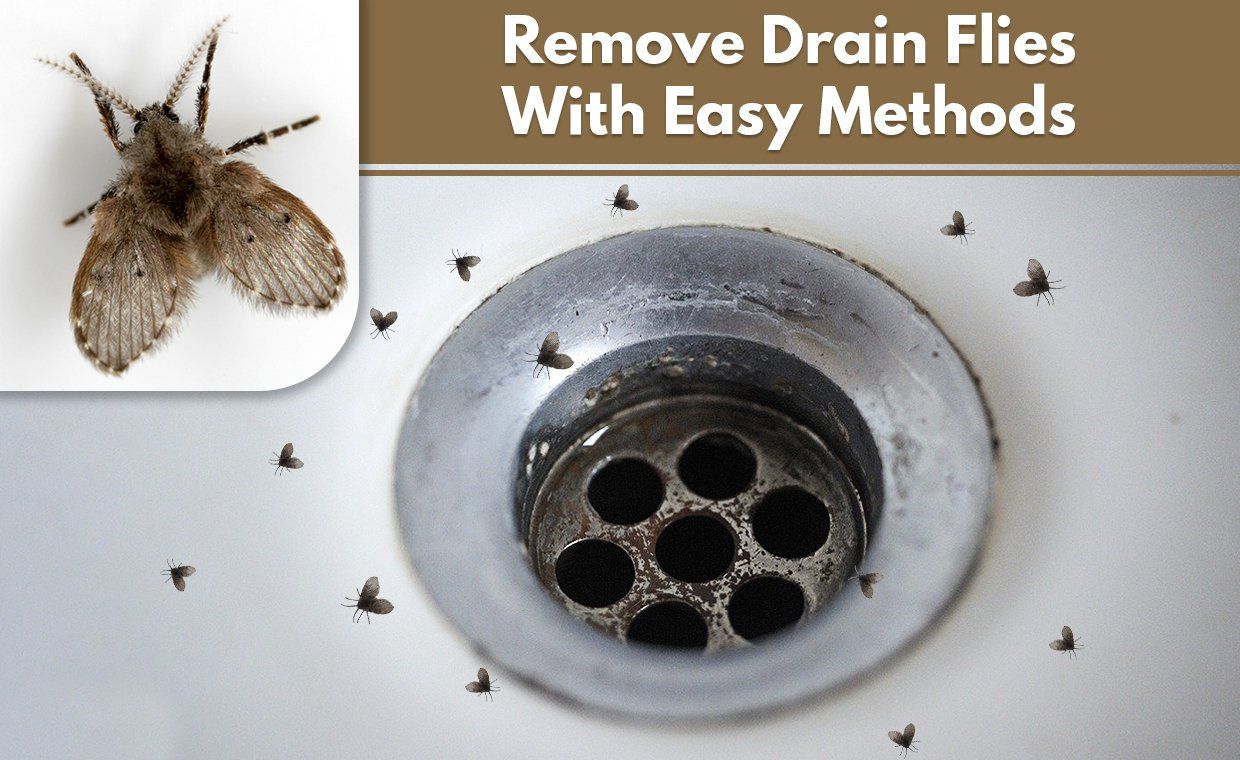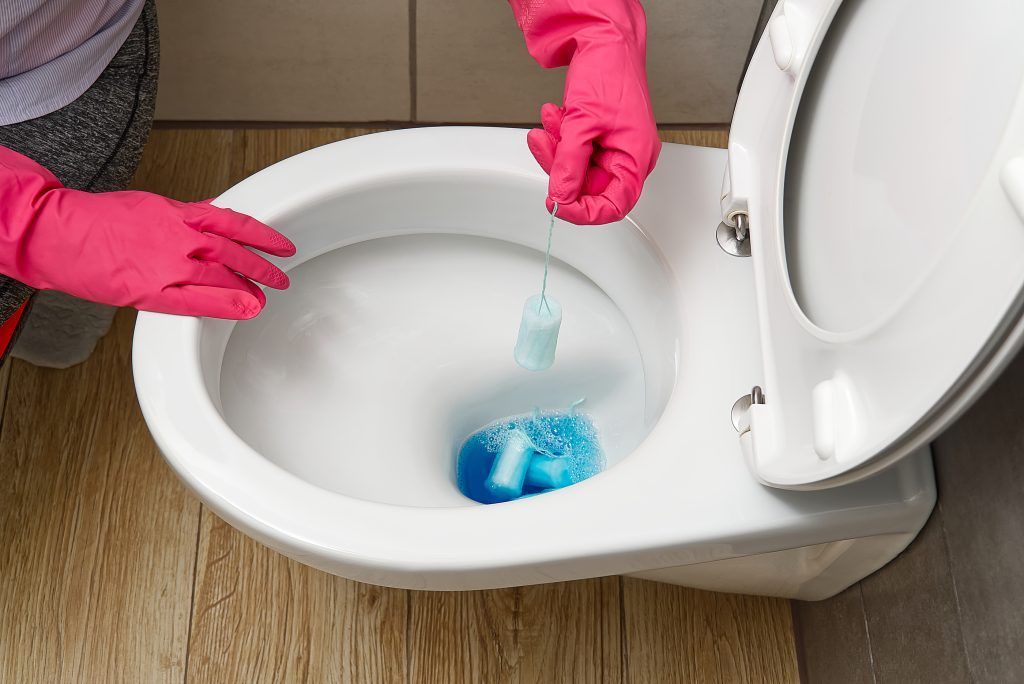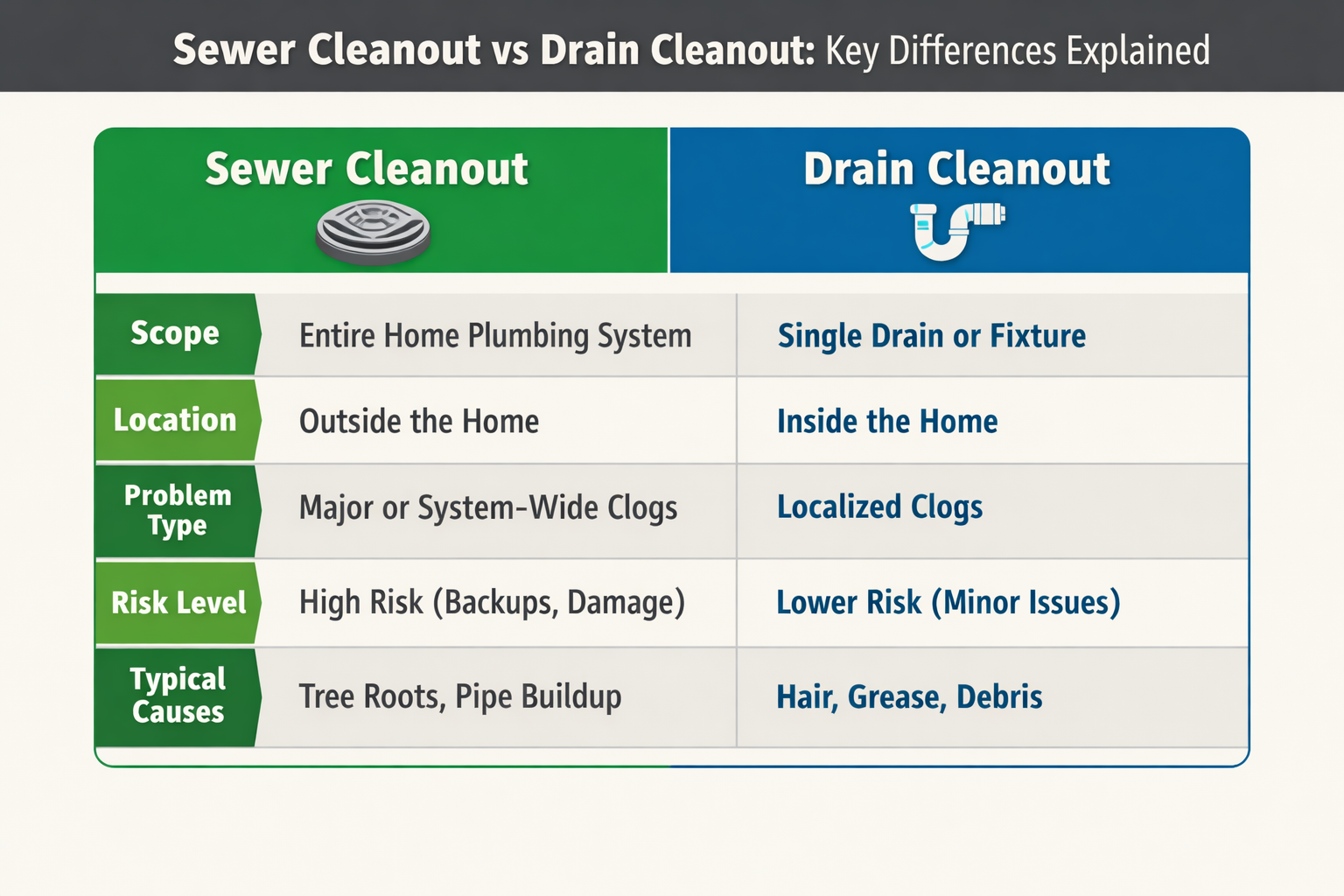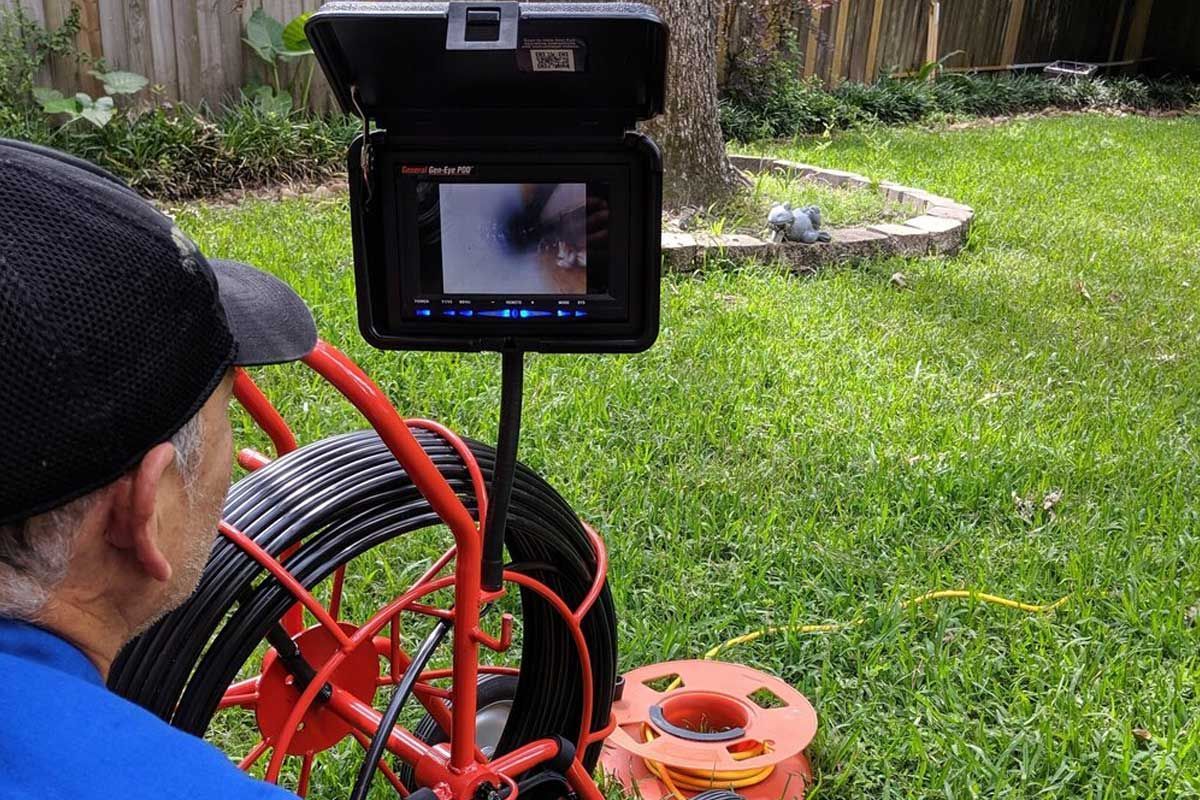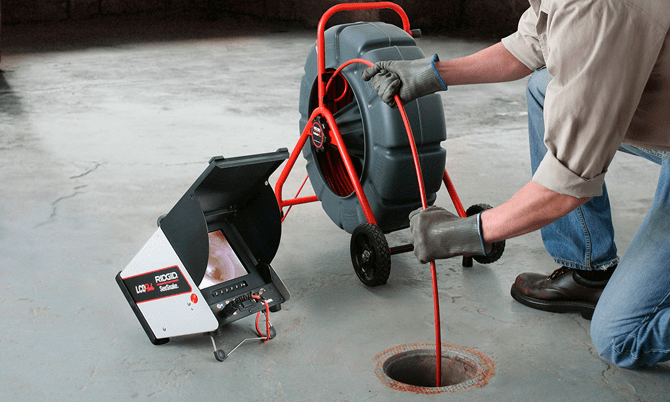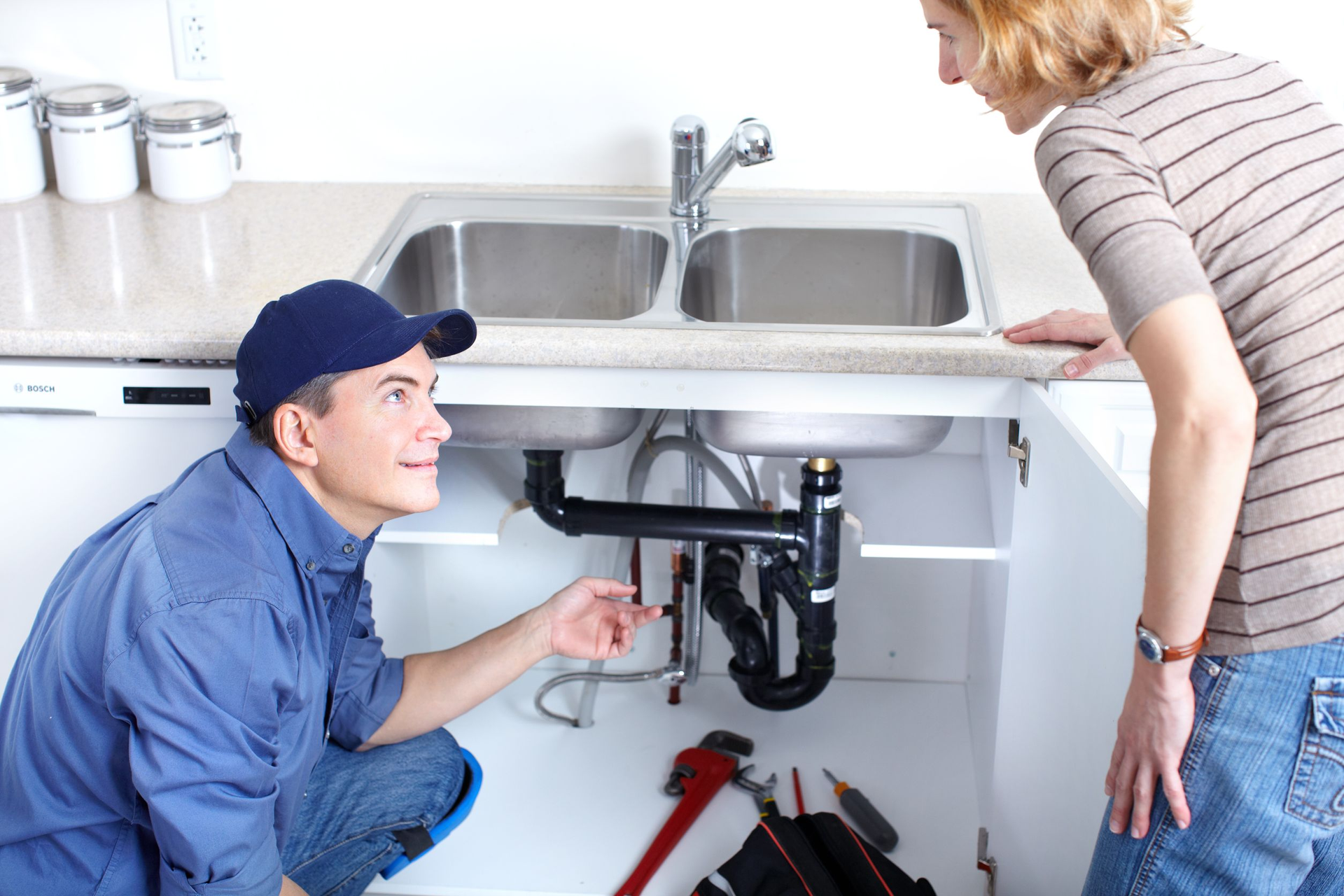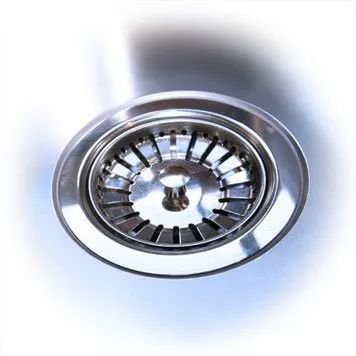French Drain Installation in Denver, CO
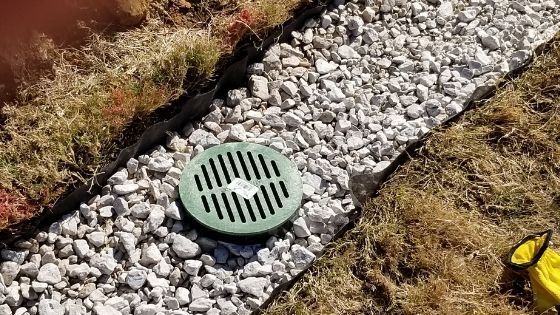
A French drain is a simple but effective way to manage water runoff and prevent flooding in your yard or basement. Good drainage makes sure your home stays dry; you want to avoid standing water around your Denver home’s foundation & in your yard at all costs. The other issue you could run into is if groundwater starts to flood your basement & crawlspace not only will this damage your home, but it may also cause serious health issues as well as thousands of dollars to fix and repair the water damage caused! Your foundation is the most important part of your house. It's what keeps your house up and prevents it from sinking into the ground. So, it's important to make sure that your foundation is strong and stable. One way to do this is to avoid uneven saturation of expansive clay soils. This can cause the foundation to expand and contract at different rates, which can weaken it and make it more likely to fail. Additionally, damp crawl spaces and basements can lead to wood rot, mold, and other health concerns. And standing water in your yard can become a breeding ground for mosquitoes or lead to flooding.
The drain consists of a trench filled with gravel or other drainage material, with a perforated pipe running through the center. The pipe allows water to enter the drain, where it is then carried away from the building foundation and released into a different area, such as a storm sewer. French drains are typically installed around the perimeter of a building, and they can also be used to create dry wells, which collect and store water for irrigation purposes. While French drains are most often used to protect against flooding, they can also be used to mitigate soil erosion, reduce moisture levels in crawl spaces, and improve drainage in gardens and landscaped areas. In short, French drains are a versatile tool that can be used to solve a variety of water-related problems.
Prevents water damage to basement & landscaping & your home stays dry with no flooded basement! Water flows away from your foundation and keeps grass healthy and looking green so you can enjoy the backyard instead of looking at brown unhealthy grass, trees & shrubs. Avoiding wood rot, mold, or other health issues that come with these conditions. It also helps prevents mosquito breeding which is typically around fresh standing water near homes & in yards.
The French drain is a low-cost & affordable installation option especially when you consider that it can save you thousands of dollars’ in water damage you your home & yard!
French drains are a great way to keep your basement dry and your yard free of standing water. But how do they work? Essentially, a French drain is a trench that is filled with gravel or other drainage material. The trench is then covered with soil so that it is level with the rest of the ground. The drain pipe is installed at the bottom of the trench, and the entire system is connected to a sump pump. When water enters the trench, it is directed into the pipe and away from the foundation. This simple system can effectively redirect water and help to prevent flooding. There are also gas lines, water lines & of course underground utilities to be on the lookout for. So, the next time you're dealing with a wet basement or waterlogged yard, consider installing a French drain. It just might be the solution you're looking for.
How French Drains are Installed
A French drain is a type of drainage system that is used to redirect water away from an area. The system consists of a perforated pipe that is placed in a gravel-filled trench. The trench is typically lined with a fabric to prevent soil particles from clogging the pipe then a thick layer of rocks & gravel is placed on the top of French drain French drains are often installed around foundations to prevent water from seeping into the basement, and they can also be used to redirect runoff from impervious surfaces such as driveways and patios. The installation process is relatively simple, but it is important to call a professional @ Drain Brain LLC if you are unsure about any aspect of the project. When installed properly, a French drain can be an effective way to protect your home from water damage.
A French drain is a pipe that is installed beneath the ground to allow water to drain away from your home. It is typically used in areas where the natural flow of water is towards your house, or in areas where there is a high-water table. French drains are also often used in conjunction with sump pumps to provide additional protection against flooding. While a French drain can be a great way to protect your home from water damage, it is important to remember that they require regular maintenance. Over time, leaves and other debris can build up in the drain, causing it to become clogged. If you suspect that your French drain is starting to become clogged, it is important to call a professional for French drain service. They will be able to clean out the drain and ensure that it is functioning properly.
Cost to install a French drain?
On average, homeowners can expect to pay between $5,000 and $13,500 to have a French drain installed in the home. The required size of the drain will also play a role in the cost—most basements will need between 100 and 150 feet of installed French drain
Drain Brain LLC are French drain & trenchless sewer line experts and have the skills and equipment to perform residential and commercial sewer video camera inspection so that problems are detected fast.
This will help solve issues like leaking sewer pipes, broken sewer pipes, and other sewer & water line dilemmas. Locating the exact causes of problems early saves clients numerous headaches.
For fast sewer cleaning service, home and business owners can schedule an appointment by calling Drain Brain LLC today @ 720-322-4845.
